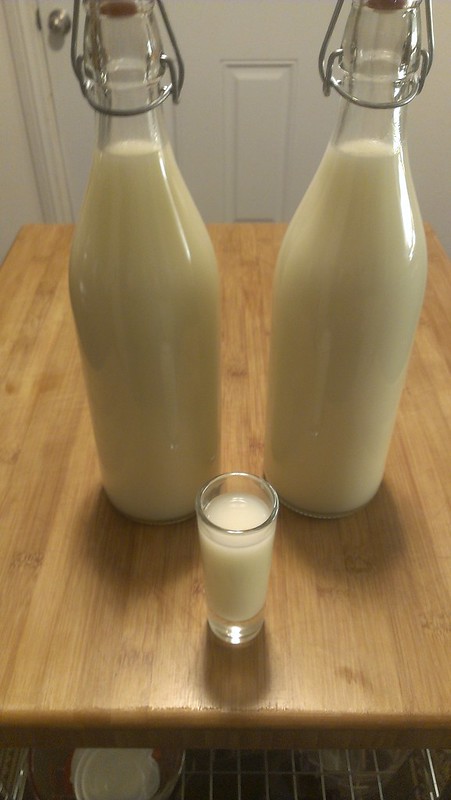aiptasia
Well-Known Member
I found some arborio rice last night at Fresh Market, but it was on sale for $4 a pound. Thought that was a little steep. Guess I will have to keep looking. Likely could find it cheaper online in quantity.
Just curious why the obsession with Arborio rice? From what I recall, it's very high in fats and proteins which isn't so hot for rice wine brewing. If you want a similar fat little short grained rice, look for Koda Farms Sho Chuku Bai rice in Asian markets. Koda farms Kokuho Rose (Cali Rose) medium grained sushi rice is also pretty decent.
Whatever rice you pick, rinse the heck out of it in cold water until the water is clear when the rice is stirred. This gets all of the dust, broken rice particles and artificial coating that a lot of rice farms add to their rice to keep it bright white. IME, it takes about five rinses in a large pot to do that.





















































![Craft A Brew - Safale BE-256 Yeast - Fermentis - Belgian Ale Dry Yeast - For Belgian & Strong Ales - Ingredients for Home Brewing - Beer Making Supplies - [3 Pack]](https://m.media-amazon.com/images/I/51bcKEwQmWL._SL500_.jpg)




